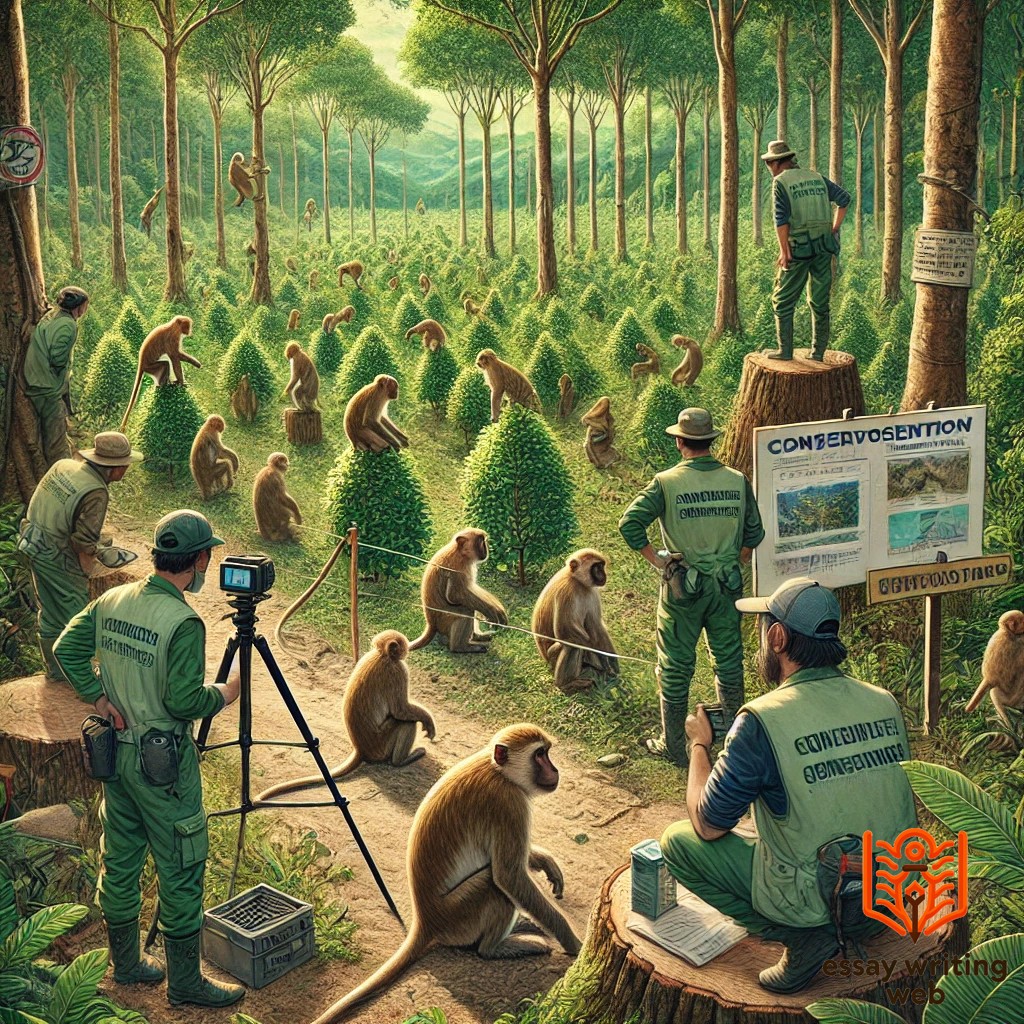 Essay Writing Web
Essay Writing Web
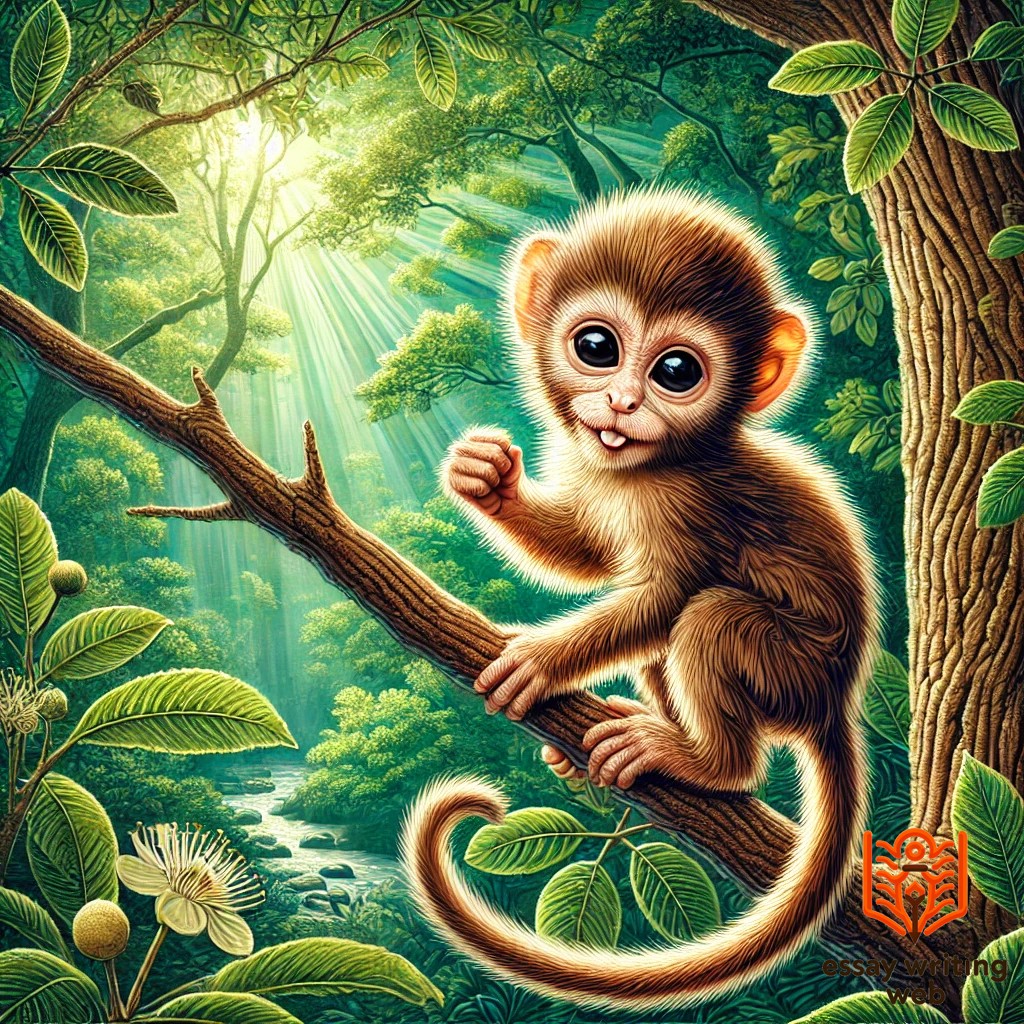
 19-09-2024
19-09-2024
 www.essaywritingweb.com
www.essaywritingweb.com
Monkeys are fascinating creatures that belong to the primate family, sharing similarities with humans in various aspects, such as behavior, social structures, and physical features. Found predominantly in tropical and subtropical regions, monkeys have adapted to diverse environments, ranging from dense rainforests to arid savannas. These intelligent mammals are divided into two primary groups: New World monkeys, native to Central and South America, and Old-World monkeys, found in Africa and Asia.
Monkeys are characterized by their agile bodies, long tails, and opposable thumbs, which help them navigate their environment with ease. Their diets typically consist of fruits, seeds, insects, and small animals, but their adaptability allows them to survive on a wide variety of foods depending on the availability of resources. Some monkeys are arboreal, spending most of their time in trees, while others, like baboons, are more terrestrial.
The social structure of monkeys is intricate and highly developed. Most species live in groups known as troops, which consist of several members led by an alpha male or female. These groups have strong social bonds, and monkeys are known for their playful behavior, communication skills, and ability to use tools. Grooming is a common social activity among monkeys, serving as a way to strengthen relationships within the group.
Monkeys have long been a part of human culture, often appearing in mythology, art, and literature. In many cultures, they are considered symbols of cleverness and mischief. However, the expansion of human activity has posed significant threats to monkey populations, leading to habitat destruction and endangerment for several species. Conservation efforts are crucial to protect these creatures and ensure their survival in the wild for future generations to observe and appreciate.
Monkeys are known for their distinct physical characteristics, which make them highly adaptable to their environments. These creatures vary in size and appearance depending on their species, but some common traits are shared among all. Monkeys generally have agile, flexible bodies that allow them to swing through trees, run on the ground, and jump across vast distances with ease. One of their most notable features is their long, often prehensile tail, which acts as a balancing tool and, in some species, a fifth limb for gripping branches.
The hands and feet of monkeys are highly dexterous, with opposable thumbs that enable them to grasp objects, climb, and use tools. Their fingers and toes are long and strong, allowing them to hold onto branches or manipulate small items with precision. This feature is particularly evident in species like capuchins, which are skilled in using tools to crack open nuts or find food.
Monkeys also possess large, forward-facing eyes that provide them with excellent depth perception, essential for their arboreal lifestyle. Their facial structure varies widely between species, with some having pronounced snouts, while others, like the marmoset, have flatter faces. Fur color and texture also differ across species, ranging from brown and gray to vibrant reds and yellows.
Monkeys' physical characteristics are intricately designed for survival in diverse habitats. Whether swinging through the dense canopies or foraging on the forest floor, their bodies are perfectly adapted to ensure they thrive in a wide range of environments.
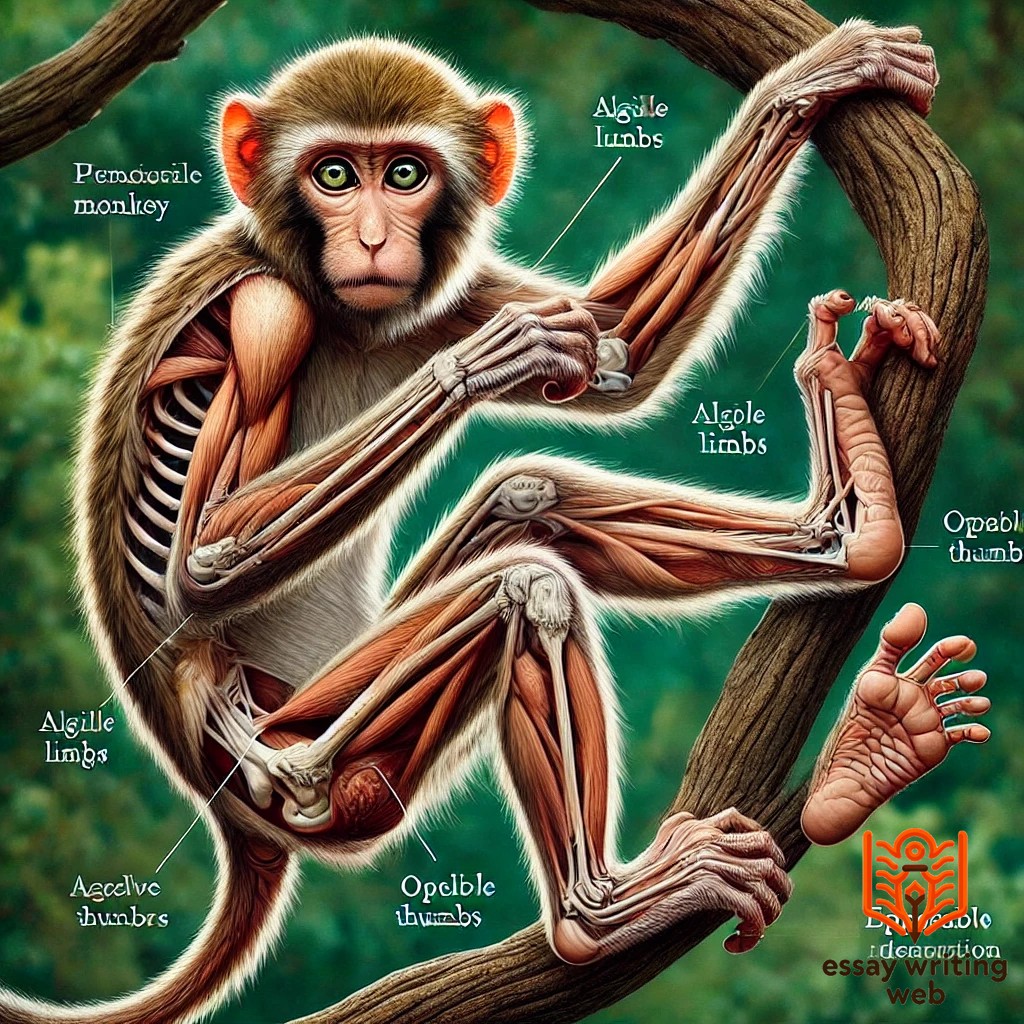
Monkeys are classified into two broad categories based on their geographical distribution and physical features: New World Monkeys and Old-World Monkeys. These two groups are distinguished by their evolutionary traits, adaptations, and habitat preferences.
New World Monkeys are found in Central and South America. They are smaller in size compared to their Old-World counterparts and are typically arboreal, spending most of their time in trees. One of the most distinctive features of New World monkeys is their prehensile tails, which act as an extra limb to grasp branches and support their agile movements through the canopy. Well-known species in this group include the howler monkey, spider monkey, and capuchin monkey. They tend to have flatter noses with outward-facing nostrils and rely on keen vision and excellent depth perception to navigate their environments.

Old World Monkeys, on the other hand, are native to Africa and Asia. These monkeys generally have more varied habitats, with some species living in trees and others spending significant time on the ground. They have narrow, downward-facing nostrils and lack prehensile tails. Baboons, macaques, and colobus monkeys are some examples of Old-World monkeys. Unlike New World monkeys, many Old-World species are adapted to a broader range of environments, including savannas, forests, and even urban areas. Their diets are also more varied, consisting of fruits, seeds, leaves, and small animals.
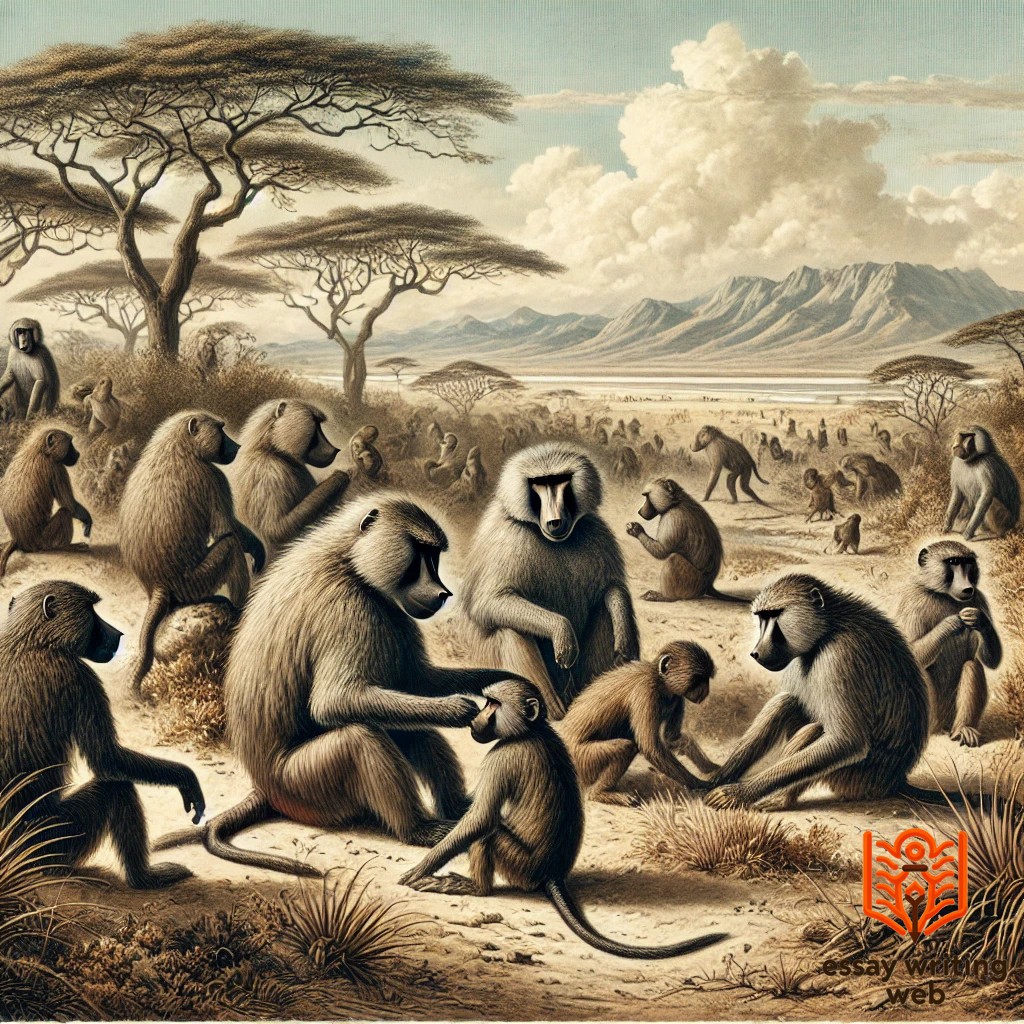
While both New World and Old-World monkeys share common characteristics, such as intelligence and social structures, they have evolved distinct traits suited to their respective habitats. These differences make each group unique, contributing to the diversity within the primate family.
Monkeys exhibit highly social and dynamic behavior, living in complex communities that range from small groups to large troops. Their social structures are often hierarchical, with dominant individuals leading the group. This hierarchy influences various aspects of their behavior, including access to food, mates, and grooming privileges. Grooming, a common activity among monkeys, serves as a bonding mechanism within the group, strengthening relationships and promoting social cohesion.
Communication is essential in monkey societies, and they use a range of vocalizations, facial expressions, and body language to interact with one another. These signals help convey emotions, alert others to danger, and coordinate group movements. For example, some species, like vervet monkeys, have specific alarm calls for different predators, showcasing their advanced communication skills.
Monkeys are primarily active during the day, engaging in foraging, playing, and socializing. Their diet varies based on species and habitat, with most monkeys being omnivorous, consuming fruits, seeds, leaves, insects, and small animals. Some, like the howler monkeys, are known for their distinctive calls that can be heard over great distances, helping them communicate across large areas.
Play is an integral part of monkey life, especially for the young. Through play, they develop crucial survival skills, learn social norms, and establish dominance within the group. Monkeys are also highly intelligent and have been observed using tools to obtain food, demonstrating problem-solving abilities.
Overall, monkeys lead a highly interactive, social, and adaptive lifestyle that is essential to their survival in diverse environments.
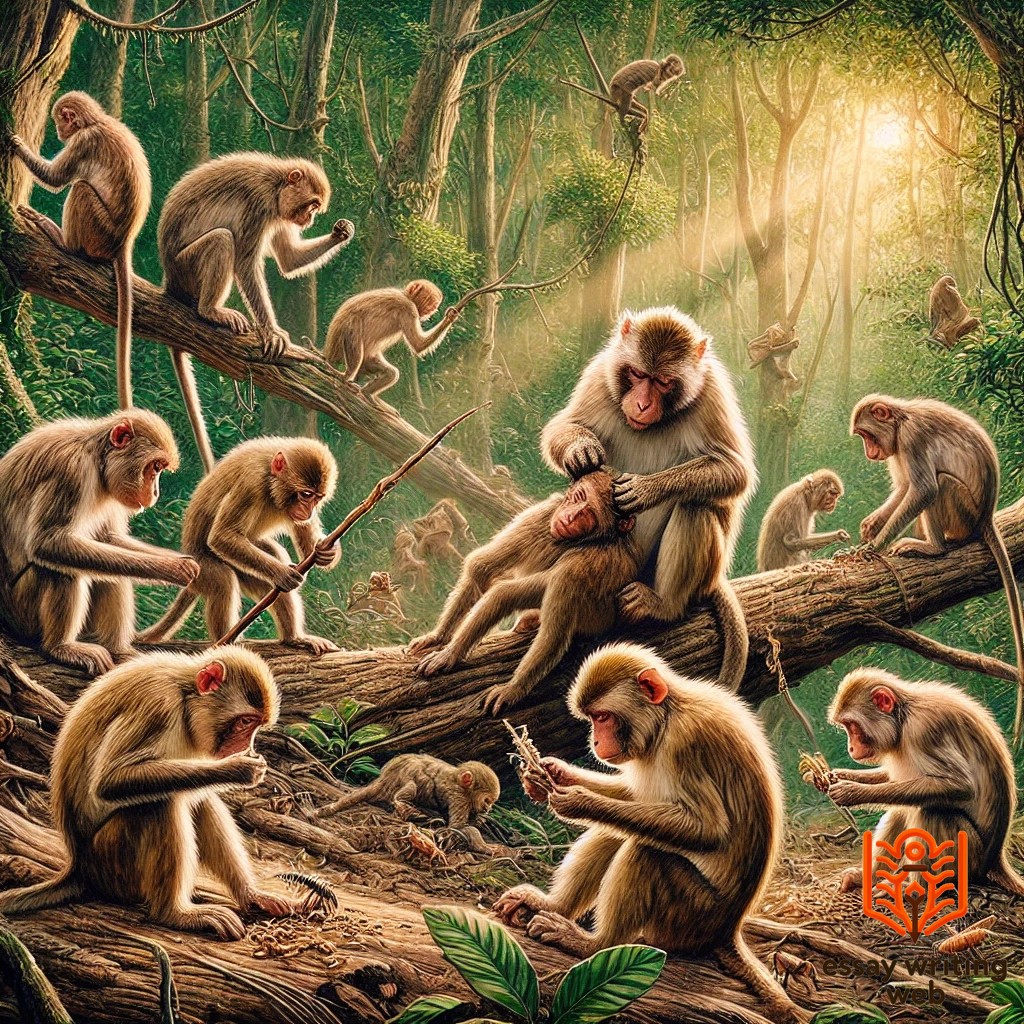
Monkeys are highly social creatures and often interact with various animals and humans in their environment. In the wild, monkeys interact with other animals primarily for survival. They share habitats with birds, reptiles, and other mammals, competing for food resources like fruits and insects. Some monkeys form symbiotic relationships with animals such as birds, where both benefit from shared food resources or protection from predators. For instance, monkeys may rely on bird calls to detect danger or predators, helping them remain vigilant.
In terms of their interaction with humans, monkeys have long held cultural significance in many societies. In countries like India and Thailand, monkeys are often associated with religious deities and revered in local traditions. However, human-monkey interactions can also be problematic. As human activity encroaches on natural habitats, monkeys may raid crops or settlements in search of food, leading to conflicts. In urban areas, monkeys have been known to adapt quickly, scavenging for food in cities and sometimes becoming a nuisance.
Humans and monkeys also interact in conservation efforts, as many species are threatened by habitat loss and poaching. Organizations work to protect monkeys by creating sanctuaries and promoting awareness about their importance in maintaining ecological balance.

Monkeys in the wild inhabit diverse ecosystems, ranging from dense rainforests to savannas and mountainous regions. Their adaptability allows them to thrive in various climates, from tropical rainforests in South America to the arid plains of Africa. In their natural habitats, monkeys exhibit unique behaviors essential for their survival, such as foraging for food, socializing within groups, and staying alert to predators.
Monkeys are primarily, spending most of their time in trees. This lifestyle is supported by their physical traits, including long tails for balance and agile limbs for swinging between branches. Tree canopies provide both food and protection from ground-dwelling predators. Their diet in the wild consists of fruits, leaves, seeds, insects, and small animals, with variations depending on species and habitat.
Social structure plays a crucial role in their lives. Most monkeys live in troops that provide safety in numbers, better access to resources, and mutual grooming that strengthens social bonds. Communication among wild monkeys is highly developed, involving vocal calls, facial expressions, and body language. However, habitat destruction and poaching pose significant threats to monkeys in the wild, leading to declining populations and endangered species. Conservation efforts are vital to ensure their continued survival in their natural environments.
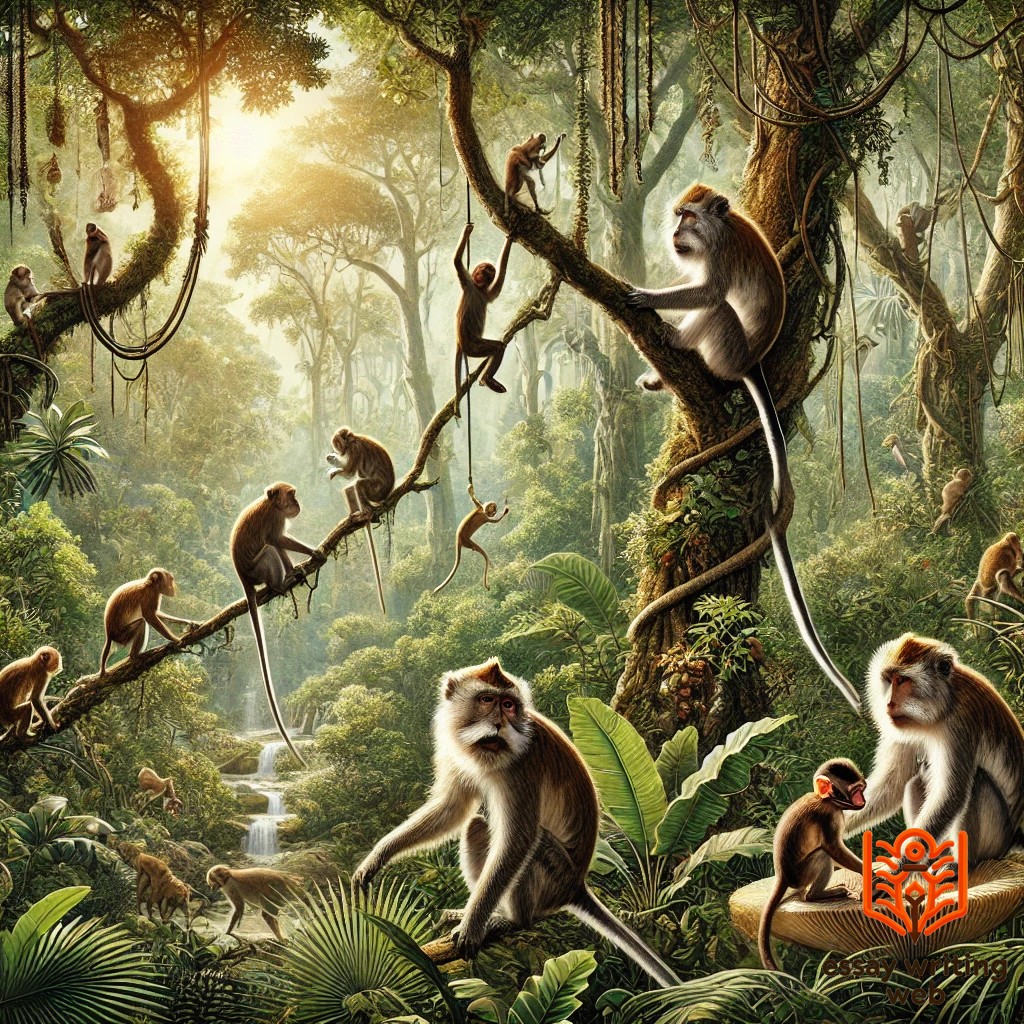
Monkeys have held a significant place in culture and mythology across the world for centuries. Their human-like behavior, agility, and intelligence have made them subjects of fascination, symbolism, and reverence in various societies.
In Hindu mythology, monkeys are celebrated figures, most notably represented by the deity Hanuman, a revered god known for his strength, loyalty, and devotion to Lord Rama in the epic Ramayana. Hanuman is often depicted as a symbol of selfless service, courage, and protection, with devotees seeking his blessings for strength and perseverance. Temples dedicated to Hanuman can be found throughout India, and monkeys are sometimes considered sacred animals in these regions.
In Chinese culture, the monkey is one of the twelve zodiac animals and is associated with traits like cleverness, curiosity, and mischief. The Chinese classic Journey to the West features the famous character Sun Wukong, the Monkey King, a mischievous and powerful figure known for his magical abilities and rebellious spirit. Sun Wukong’s adventures represent resilience and ingenuity, making him a beloved character in Chinese folklore.
In other cultures, monkeys are often viewed as tricksters or symbols of playfulness and wit. In African folklore, they appear in stories that emphasize their cunning and ability to outsmart stronger animals.
Monkeys in mythology often embody dual characteristics: both revered for their divine attributes and mischievous for their playful nature. Across cultures, they serve as symbols of wisdom, strength, and humor, reflecting the deep connection humans have felt with these creatures throughout history.
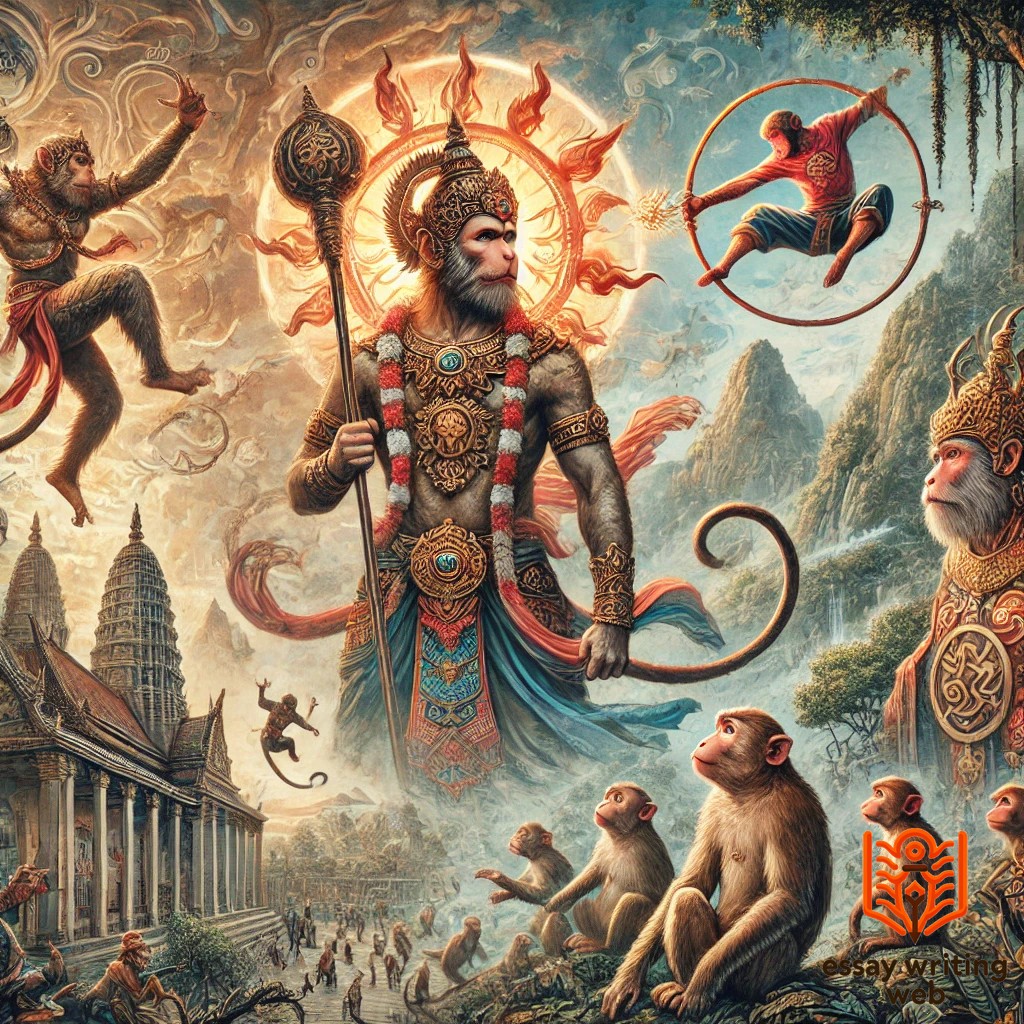
Monkeys have played pivotal roles in folklore and mythology around the world, often symbolizing traits like cleverness, strength, and mischief. Two of the most famous monkey figures are Hanuman from Hindu mythology and Sun Wukong from Chinese folklore.
Hanuman, the monkey god in Hindu mythology, is a central figure in the epic Ramayana. Known for his extraordinary strength, loyalty, and devotion to Lord Rama, Hanuman played a key role in the rescue of Sita, Rama’s wife, from the demon king Ravana. Hanuman’s ability to grow in size, leap great distances, and his unwavering devotion make him a symbol of courage and selflessness in Indian culture.
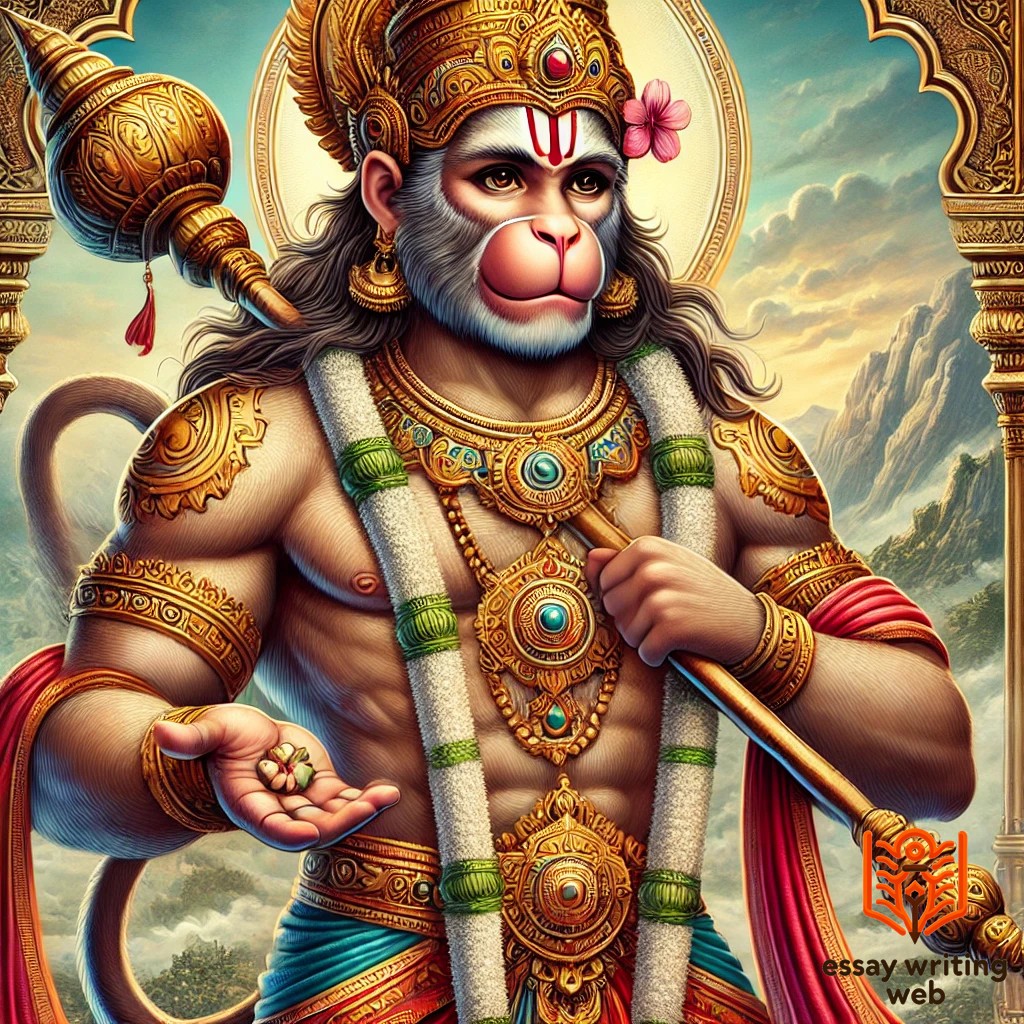
Sun Wukong, also known as the Monkey King, is a legendary character from the Chinese classic Journey to the West. Gifted with magical powers, including the ability to shape-shift, fly, and become invisible, Sun Wukong is known for his rebellious spirit. He challenges the heavens but later embarks on a journey to protect a Buddhist monk on a pilgrimage. Sun Wukong’s cleverness, strength, and humor have made him a beloved figure in Chinese folklore, representing resilience and cunning.

These monkey figures reflect the universal admiration for intelligence, loyalty, and bravery, qualities often associated with monkeys in human stories.
Monkeys face significant threats in the wild due to habitat destruction, poaching, and the illegal pet trade. As forests are cleared for agriculture, urbanization, and logging, monkeys lose their natural habitats, leading to declining populations. In response, various conservation efforts are being made to protect these animals and preserve their ecosystems.
One of the most important strategies is the establishment of wildlife sanctuaries and national parks. These protected areas provide a safe habitat for endangered monkey species, such as the golden lion tamarin and the black howler monkey, where they can live without human interference. Additionally, anti-poaching laws and regulations have been strengthened in many countries to curb the illegal hunting and trade of monkeys.
International organizations, such as the International Union for Conservation of Nature (IUCN) and the World Wildlife Fund (WWF), actively work to raise awareness about the plight of monkeys and fund conservation programs. These programs include habitat restoration, reforestation projects, and community education initiatives aimed at reducing human-wildlife conflicts.
Another important aspect of monkey conservation is captive breeding programs. Zoos and research centers around the world have successfully bred endangered monkey species, helping to boost population numbers and reintroduce them into the wild.
Through these combined efforts, there is hope that monkey populations can recover and thrive once again.
